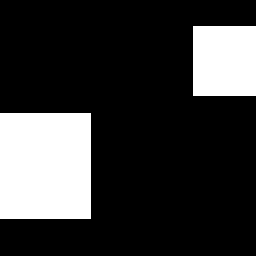HOOP
A Scalable Hybrid DC-DC Converter Ring for High-Performance Computing
- authored by
- Zhiguo Tong, Zhewen Yu, Junwei Huang, Xiangyu Mao, Bernhard Wicht, Rui P. Martins, Yan Lu
- Abstract
In the AI era, demands of computing power grow exponentially, driving the need for power delivery solutions that offer stronger power capability, higher efficiency and faster response, together [1]. To satisfy the enormous current demand, tens or hundreds of point-of-load converters operate in parallel to multiply the output current capability. However, maintaining high efficiency in multi-phase converters requires dedicated current-balance control among each converter phase (Fig. 21.8.1). Traditionally, this is achieved by integrating a global digital controller, which monitors the inductor currents and adjusts the PWM signals to ensure current balancing. However, as the number of phases (N) increases, the complexity of maintaining current balance escalates, presenting additional challenges [2]. Hence, an inherent auto-current-balancing characteristic of the DC-DC converter is highly desirable. Prior arts [3-5] leverage the charge balance properties of capacitors to obtain automatic inductor current balancing. Similar approaches have been employed to balance inductor currents in conventional buck and three-level converters [6-8]. However, when these hybrid structures are used in parallel to increase output capability, ensuring the current balance between different converters remains a significant challenge. In this paper, we have designed a Hybrid converter with a power ring (O) for current balance and a back ring (O) for phase shedding for computing Power delivery, as a HOOP.
- Organisation(s)
-
Mixed-Signal Circuits Section
Laboratory of Nano and Quantum Engineering
- External Organisation(s)
-
University of Macau
Tsinghua University
UM Hetao IC Research Institute
- Type
- Conference contribution
- Publication date
- 2025
- Publication status
- Published
- Peer reviewed
- Yes
- ASJC Scopus subject areas
- Electronic, Optical and Magnetic Materials, Electrical and Electronic Engineering
- Electronic version(s)
-
https://doi.org/10.1109/ISSCC49661.2025.10904695 (Access:
Closed)


